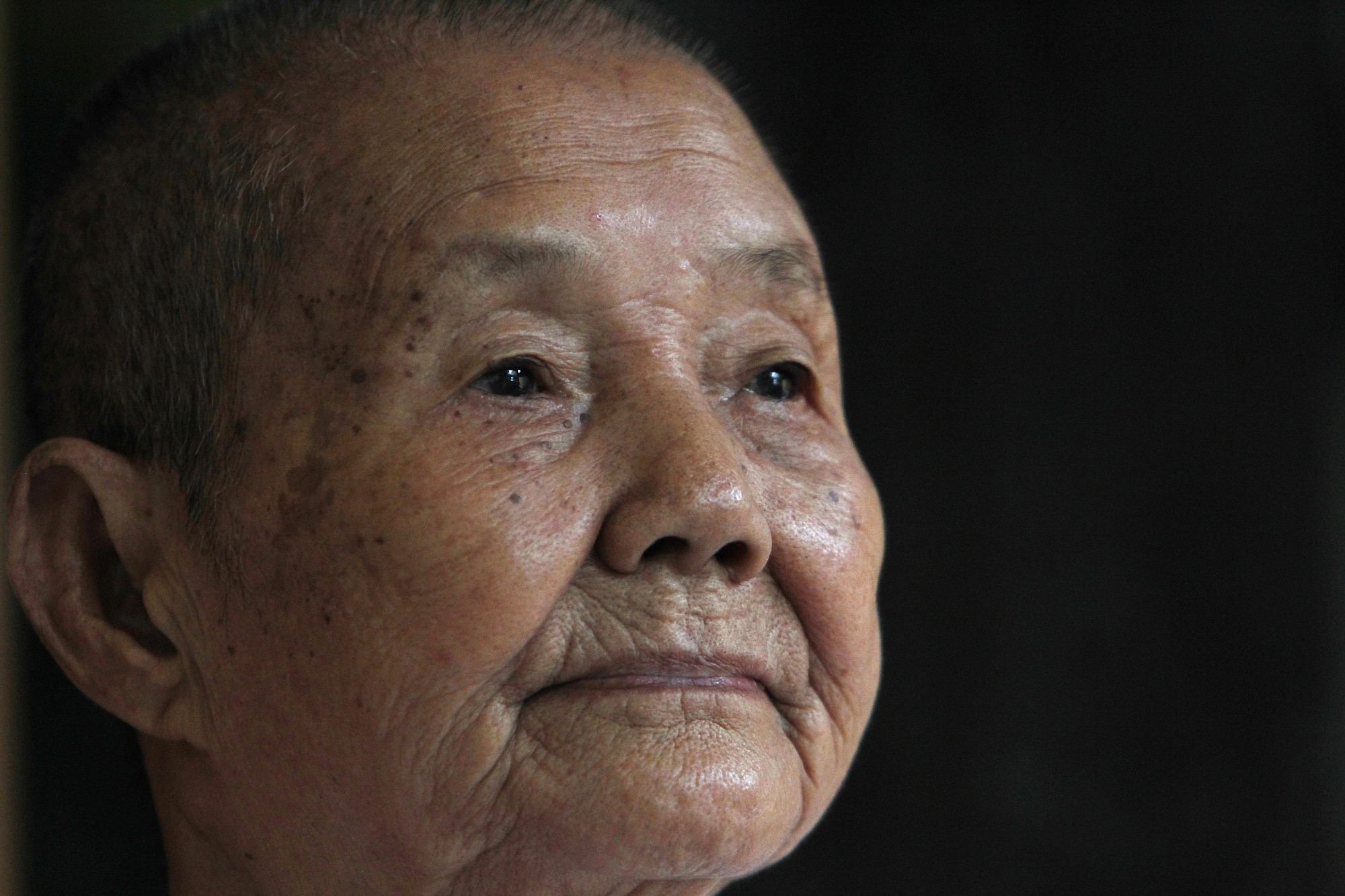Excerpts from the Khmer Rouge diary
From 1975 to 1979, when the Khmer Rouge ruled Cambodia, an estimated 1.7 million Cambodians died through overwork, medical neglect, starvation and execution. One of them was Poch Younly, a school inspector who kept a rare diary made public last year. The following are selected excerpts from the second half of the diary, written between Feb. 9 and Aug. 1, 1976:
FORCED EXODUS: Three days after Khmer Rouge forces seized the capital, Phnom Penh, advancing fighters captured Younly's town, Kampong Chhnang, to the northwest. Later that night, soldiers ordered everyone to leave, part of a mass forced exodus of millions of people who were put to work in rural Cambodia.
• "Your mother and I left Kampong Chhnang with the rest of our family on April 20, 1975 at 10 p.m. on the orders of the Revolutionary Army. Your mother had just recovered from a serious illness three days earlier."
• "Our family traveled by road through Phum Trok and crossed a mountain forest. What we heard was the sound of crying birds and the sound of leaves in the wind. It was pitiful and miserable. We were very scared."
• "When we arrived at Rolong, a group of men stopped us and confiscated any property we all had. They confiscated a camera from our family. For other families, they confiscated clothes, medicine and other items."
• "We traveled for 11 days and nights with great suffering because we did not have food to eat, we were sick and the weather was very hot."
RUMORS OF DEATH: As Younly's family traveled through the countryside to Chumteav Chreng, where they would settle for the duration of the crisis, they began hearing rumors of execution sites up ahead -- what would later become known as Cambodia's "killing fields."
• "Our family reached Chumteav Chreng village around 9 a.m. on May 1, 1975."
• "As we slept at night at that village, your mother and I heard lots of rumors about how people were brought to be killed in groups. Your mother and I were very concerned about our safety. We intended to travel farther, but we were worried that we would be killed."
• "Our family moved into a wooden house with a brick shingle roof with six other evacuee families. Together we were a total of 40 people. It was very crowded and, because of our living conditions, there was a complete lack of basic hygiene. We lived there for three months before the Khmer Rouge authority moved our family to a separate place of our own."
ILLNESS AND HARDSHIP: The Khmer Rouge forced people to work as manual laborers as part of a bizarre experiment they claimed was aimed at establishing an agrarian utopia, but the experiment devastated the economy. Younly describes how most of his children were separated from the family and assigned to work. The authorities were known as "Angkar," or "The Organization."
• "At first, we were given eight cans of rice per day and then it decreased to seven cans. From September to December 1975, we received only four cans of rice per day. Our life was getting worse because we ate less and less. I was sick; all of us worked hard; and we all needed more food. While we did not have enough food, our health was getting worse day by day."
• "In July 1975, I became seriously ill."
• "Your mother took some of our clothing and the family locket to trade for food and medicine for me. I had so little medicine for my stomach pain that sometimes I could not even eat porridge or rice for up to five days. The work was also very hard so I became increasingly ill and grew very thin. I could not walk or go up and down the stairs."
• "Communal eating began on December 25, 1975. Eating rice for a month, Angkar forced us to eat porridge in the morning and rice in the evening. We did this for five and a half months. Starting June 5, 1976, Angkar told us to eat porridge both morning and evening."
NOTE ON TRANSLATIONS: The above translations were derived from open source material published by the Documentation Center of Cambodia and made available to The Associated Press. They were originally made by Khatharya Um, an associate professor at the University of California, Berkeley, and verified by the AP, which compared them to the originals.



